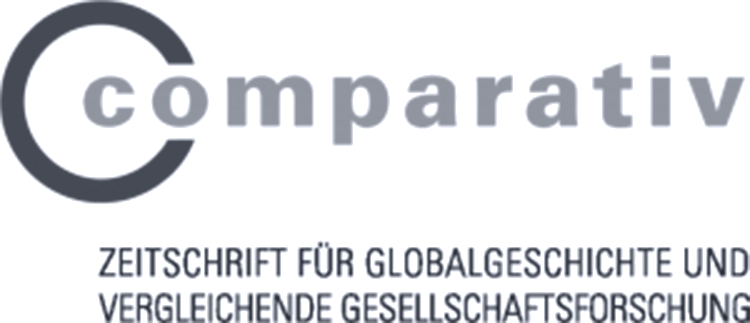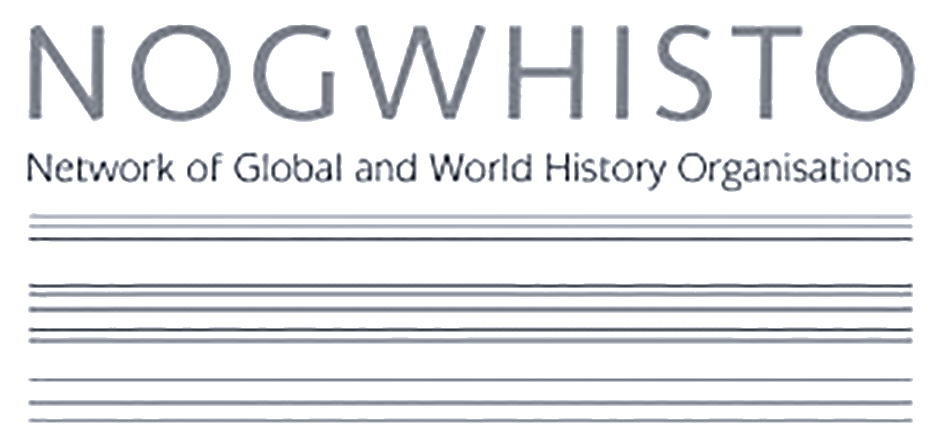Plenary Session “Nordic Colonialism”
- Convenor: Janne Lahti (Linnaeus University)
- Chairs: Gunlög Fur (Linnaeus University), Janne Lathi (Linnaeus University)
- Commentator: Janne Lahti (Linnaeus University)
- Panelists: Saara Alakorva (University of Lapland) Kristín Loftsdóttir (University of Iceland) Magdalena Naum (Lund University) Anders Bo Rasmussen (University of Southern Denmark)
Abstract
Traditionally Nordic –Danish, Finnish, Icelandic, Norwegian, and Swedish –understanding of the past shies away from colonial self-understandings and rejects colonial undertones as unfitting to a Nordic history, while clinging to notions of “exceptionalism.” This accepted wisdom proposes that colonialism was something that happened far away and proved inconsequential for Nordic histories. It also detaches Nordic peoples from colonial networks of settler projects, knowledge production, and material exchanges, or at least suggests that their participation shows cases of a more peaceful, benevolent colonial association. This in turn supports the Nordic countries’ self-image as harbingers of humanitarian causes. Recently, a growing number of scholars have criticized these kind of notions as self-congratulatory, misleading, and alarming. They have also started to expose the rich and complex histories of Nordic colonial involvement around the world. Scholars have examined Nordic participation in the global slave trade, settler colonialism in Sámi lands, or various forms of involvement by Nordic individuals and groups with other European empires. Some have investigated the Nordic experience and legacies in North America via the colonial lens. This panel discusses how Nordic colonialism as a set of academic inquirers and as a framework for Nordic history has gained ground, stirred debates, created opposition. It deals with the past, present, and possible futures of Nordic colonialism, on how it is forming new meanings for Nordic histories more broadly, across national boundaries in order to understand differences and similarities in the national histories of colonialism in the Nordic countries or between Nordic countries and the world.
Papers:
Saara Alakorva (University of Lapland): Entangled histories of the Sámi and the Nordic nations; Colonial legacies of the Sámi political institutions
The political institutionalization of the Sámi society is often described through a national framework. Research has focused on the role of the Sámi actors in the process of national construction as well as on the ways different political activities embody Sámi peoplehood. Articulating political interests in the name of the people inevitably creates an image of a coherent existence of the people and hence constructs nationhood. This is possible because the concept of a nation has become ubiquitous all over the world, and people use it to categorize the world and their own place within it. Although we associate a certain people or nation with a specific place or geographical area, our shared understanding of it has a cross-border nature. National symbols function on the basis of the same bipolarity: Both local and transnational meanings are attached to them. The Sámi have sought recognition as a distinct people by adopting national representations of a transnational nature. Instead of framing this process solely as a Sámi endeavour to build one unified Sámi nation, it should be examined in relation to the surrounding societies, where the hierarchical relationships between the Sámi and majorities are taken into consideration. In this presentation I draw attention to the long time-span over which the national narrative of the Sámi has evolved across multiple levels in relation to the surrounding dominant societies, while also exposing the ways in which it carries the legacy of colonialism.
Kristín Loftsdóttir (University of Iceland): Iceland an Ambiguous Contact Point
In 1856, six plaster busts were created by a French expedition in Iceland, revealing one of the many ways Iceland was intertwined with the colonial and imperial projects of 19th-century Europe. The expedition was headed by Prince Jérôme Napoléon Bonaparte—the son of Napoleon’s younger brother—to the northern seas. His journey reflected France’s combined military and scientific interests in the far North, particularly regarding resource extraction in Greenland and Iceland. These casts were displayed in Paris with other busts made during similar expeditions, intended to show different racial groups, and later replicas were sold to different museums in France and Spain. In the nineteenth century, racial science was integrated into key preoccuption of scholars, and as a field shaped by a pan-Euro-American intellectual network of scholars exchanging ideas and knowledge, in which Nordic scholars participated. It defined what it meant to be human in the most dehumanizing terms imaginable (Conklin 2013, 5).The presentation focuses on what these casts and others say as “contact points” (Loftsdóttir2024; Feldman 2006), drawing special attention to Iceland. What do the busts as contact points say about Nordic colonialism more generally, as well as the differentiated Nordic subjects within the category of the “Nordic” and their historical fluidity? What does the “unfolding” of the busts –visualizing them as folded objects (M’charek 2014) -bring into a present that is characterized by persistent notions of racism as an exception and as something belonging to the past.
Magdalena Naum (Lund University): Realities and Fantasies of Friendship in Settler Colonial Settings of North America
Museum collections in Denmark contain numerous objects brought back by settlers, explorers, and mariners from North America during the late 19th and early 20th centuries. Among them are gifts described as tokens of friendship between Danes and Indigenous peoples. These artifacts raise critical questions about the existence and nature of friendship within the unequal, violent, and racialized contexts of settler colonialism. What did it mean to be friends in such settings? Did such friendships represent genuine, reciprocal bonds, or were they merely colonial fantasies, misinterpretations of acts of reciprocity? While scholars have explored the term “friendship” in treaty contexts, pointing the very different public discourse and appropriation of the term by Indigenous and Euro-American leaders, the actual affective bonds between individual settlers and Native Americans remain largely understudied and undertheorized. Drawing on research on interracial friendships in different colonial contexts, the paper offers a reflection on the complicated, faltering and fuzzy character of such affective bonds and on methodological challenges for historical interpretation of the existence and nature of friendship between settlers and Indigenous people.
Anders Bo Rasmussen (University of Southern Denmark): New Denmark, New Nordics, and the New World. A Transnational Exploration of Settler Colonialism and Empire in Northeastern Wisconsin
The 1862 Homestead Act was the greatest redistribution of wealth in American history. Within decades more than 1,5 million households gained ownership of land that had previously belonged to indigenous nations and found renewed opportunities for social mobility. Taking the settlement of New Denmark, Wisconsin, as a starting point, this paper argues for the fruitfulness of exploring settler-indigenous relationships, and environmental consequences of Native American dispossession, in one of the richest “borderland” regions in North America. Thus, the initial focus on daily life in northeastern Wisconsin serves as a prism for understanding overlaps between “Old World” emigration, settler colonial ideas, cultural encounters, and New World racial hierarchies.”



